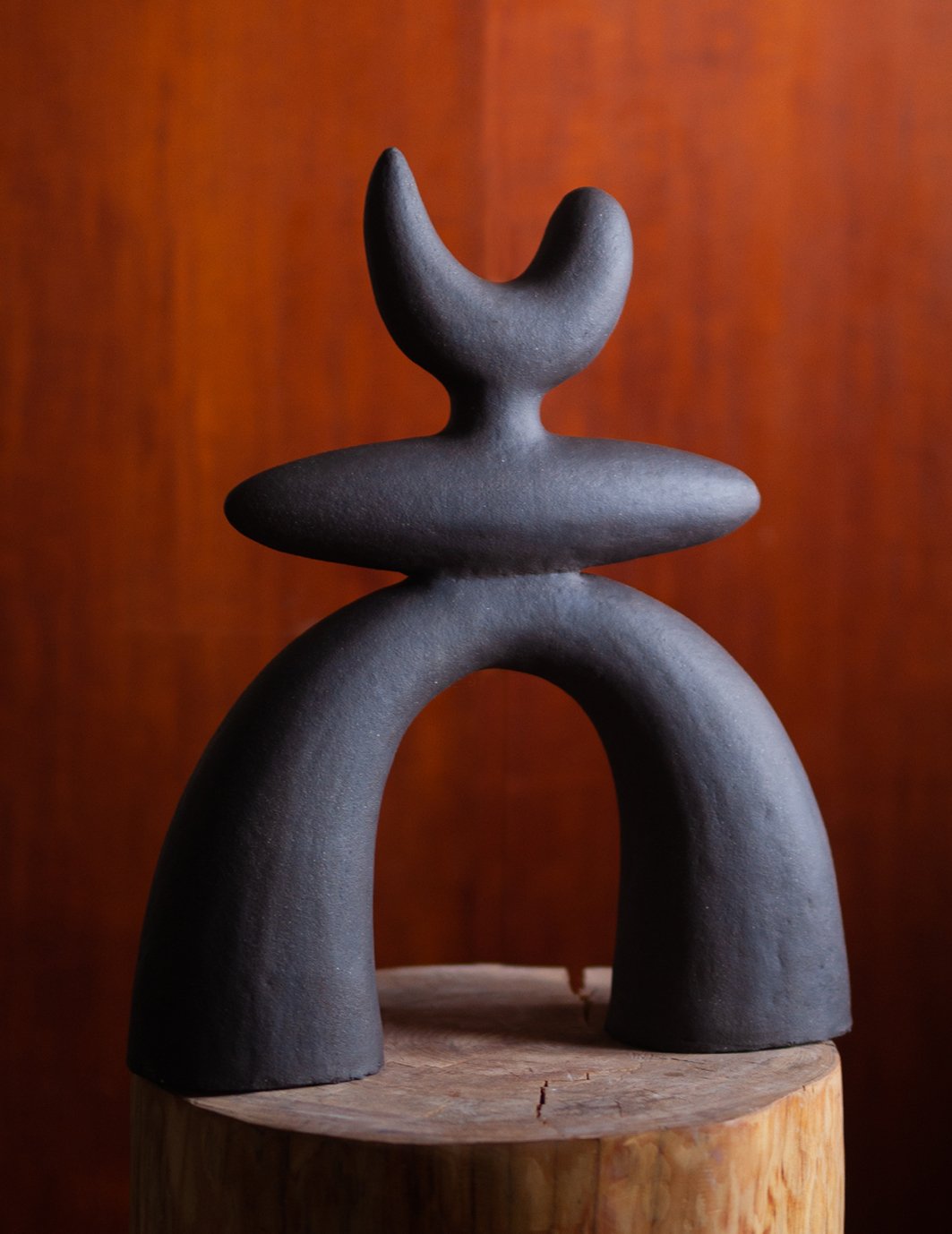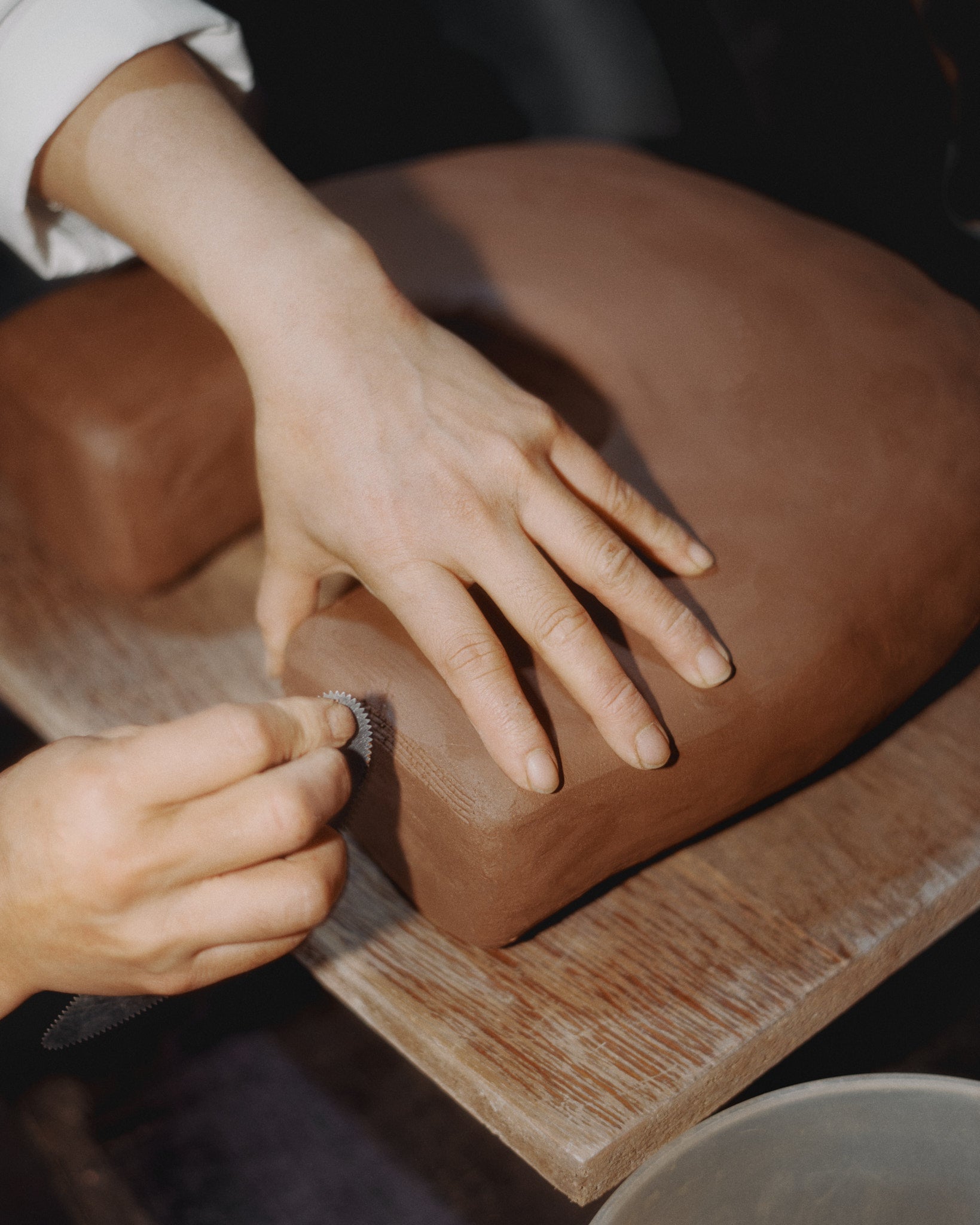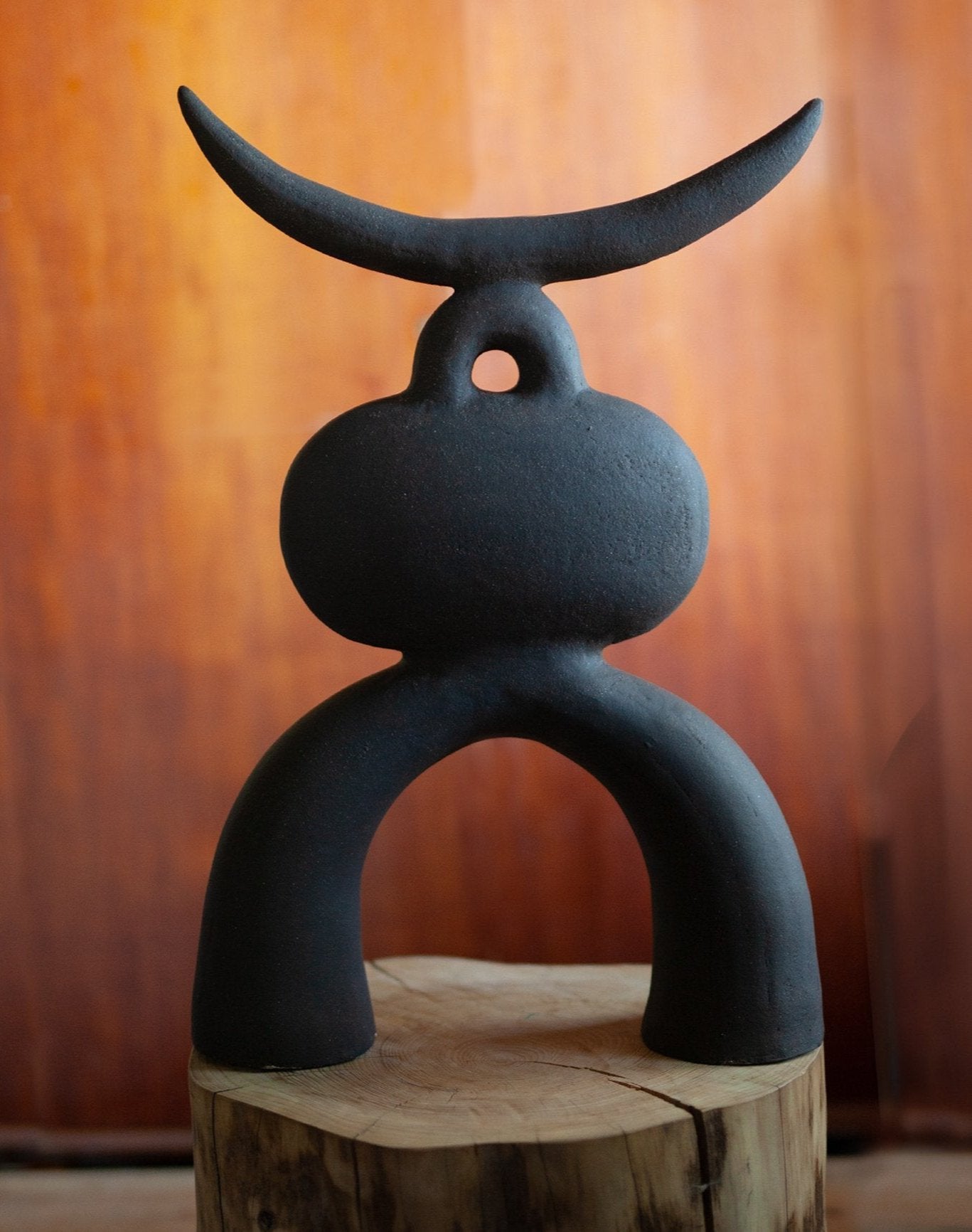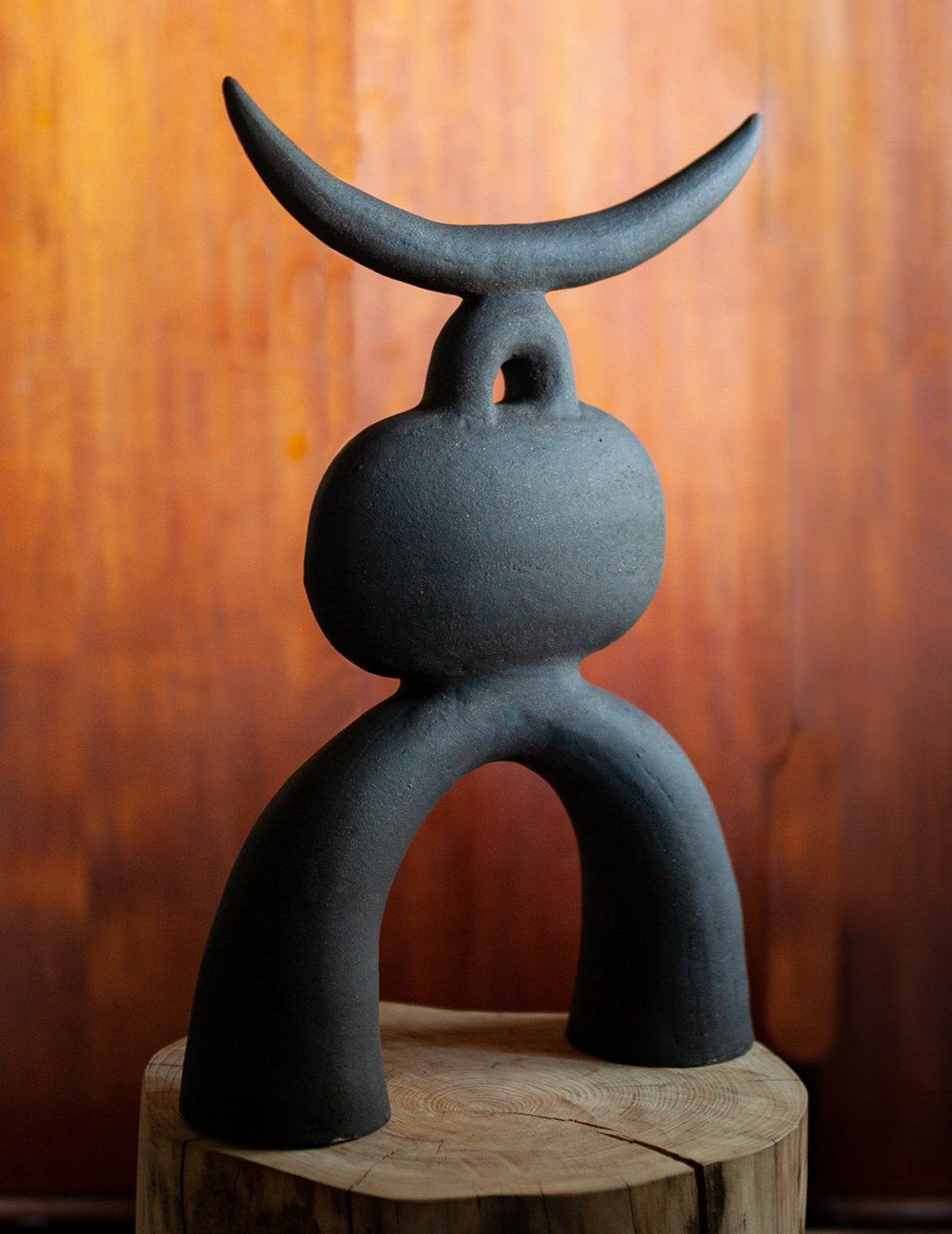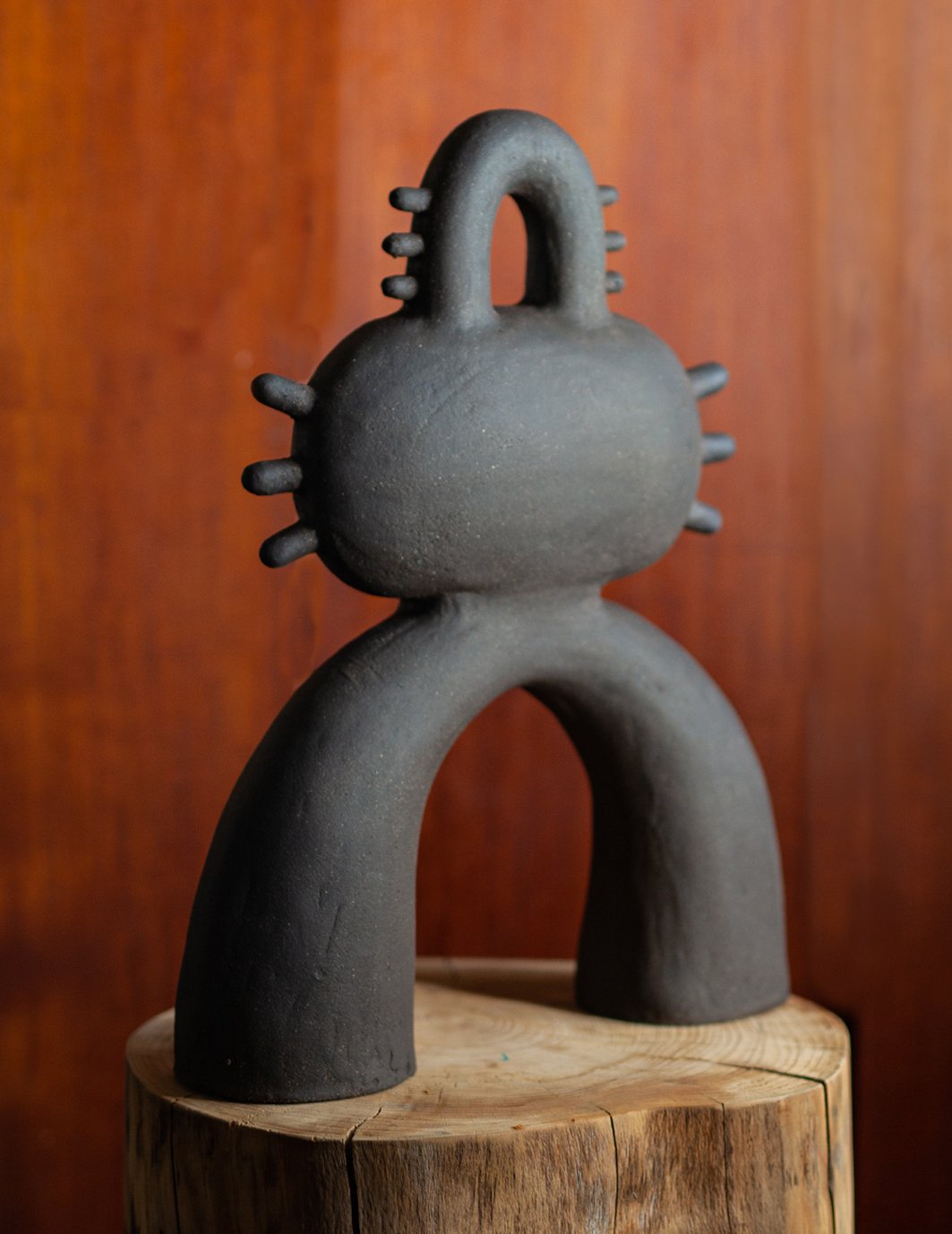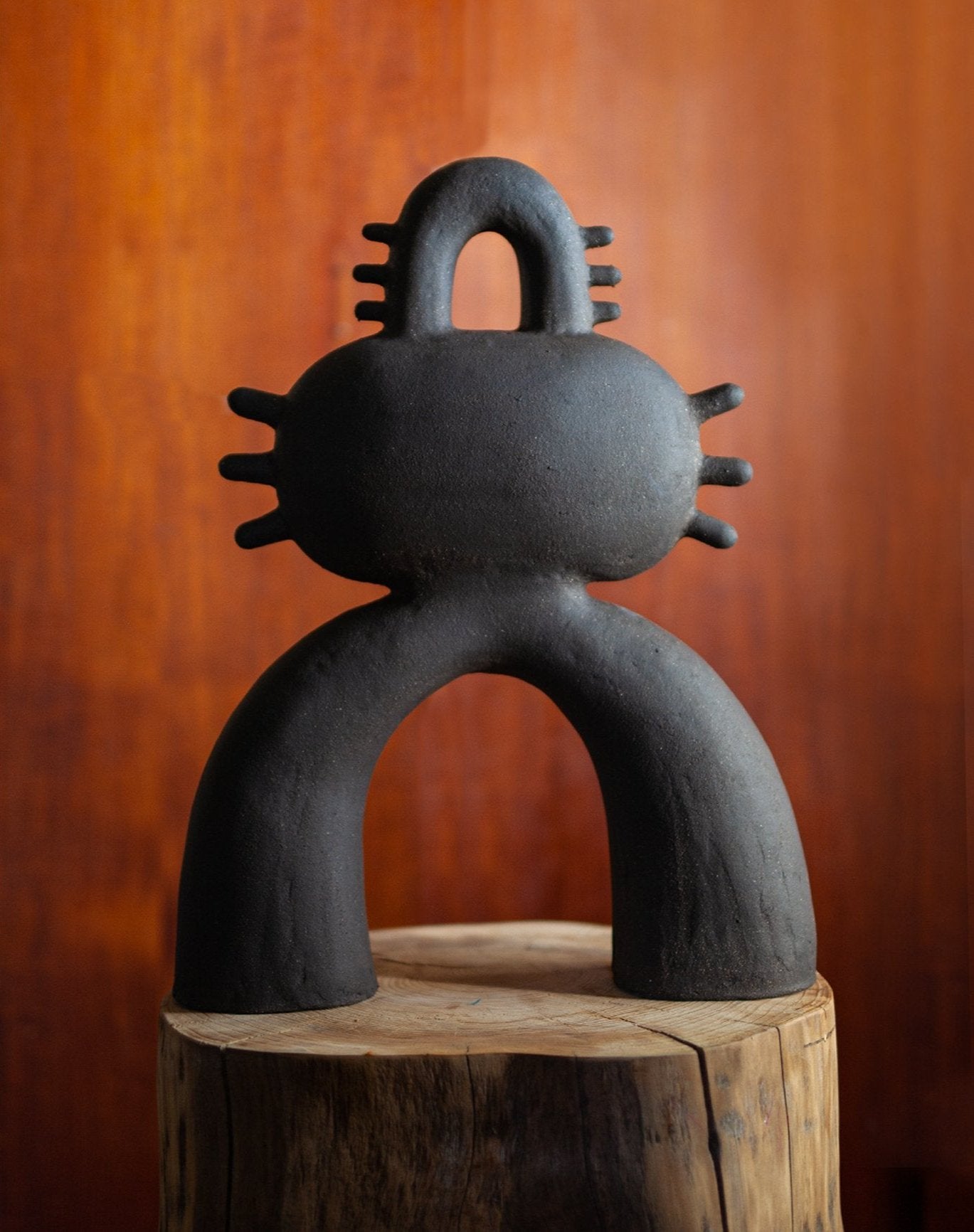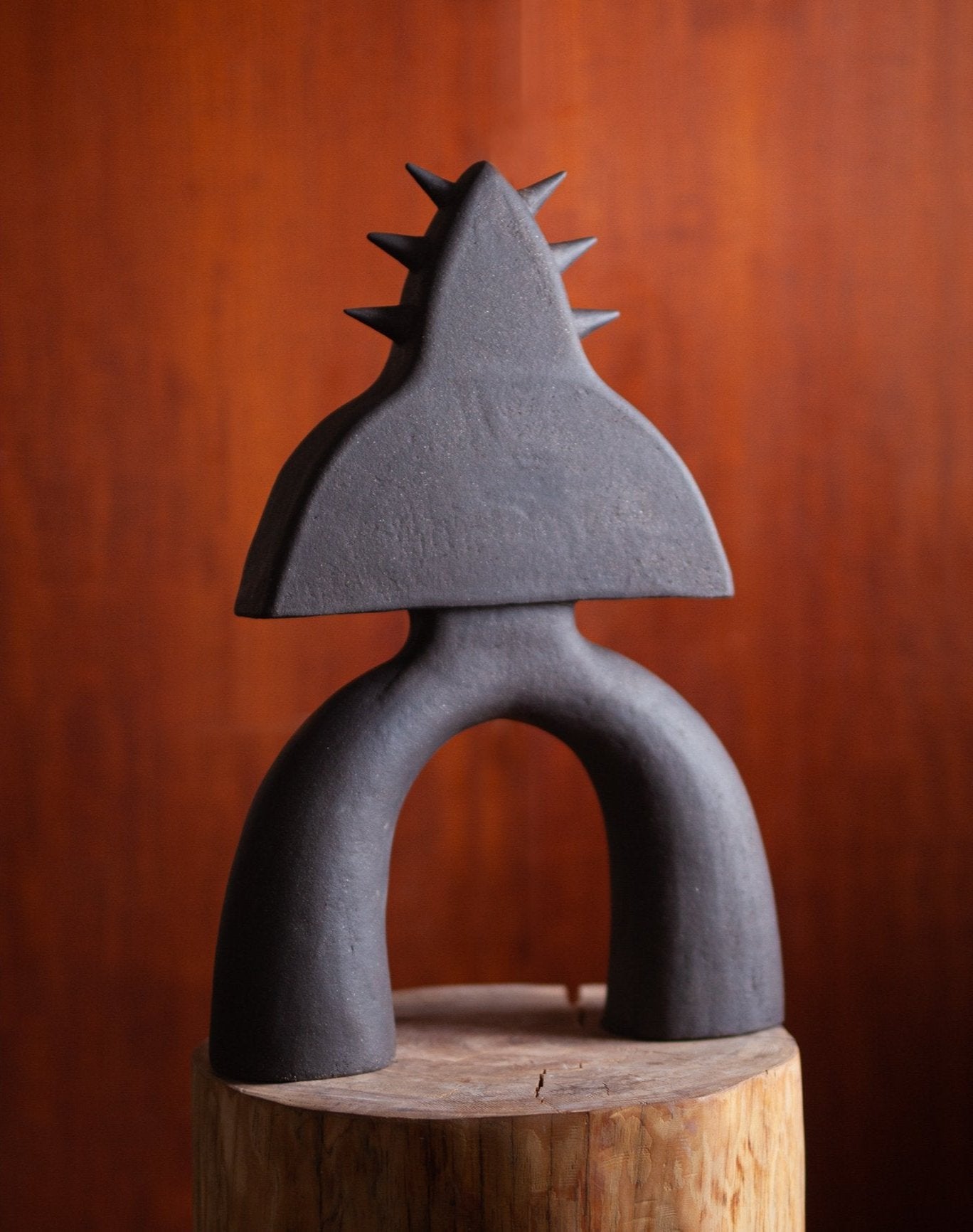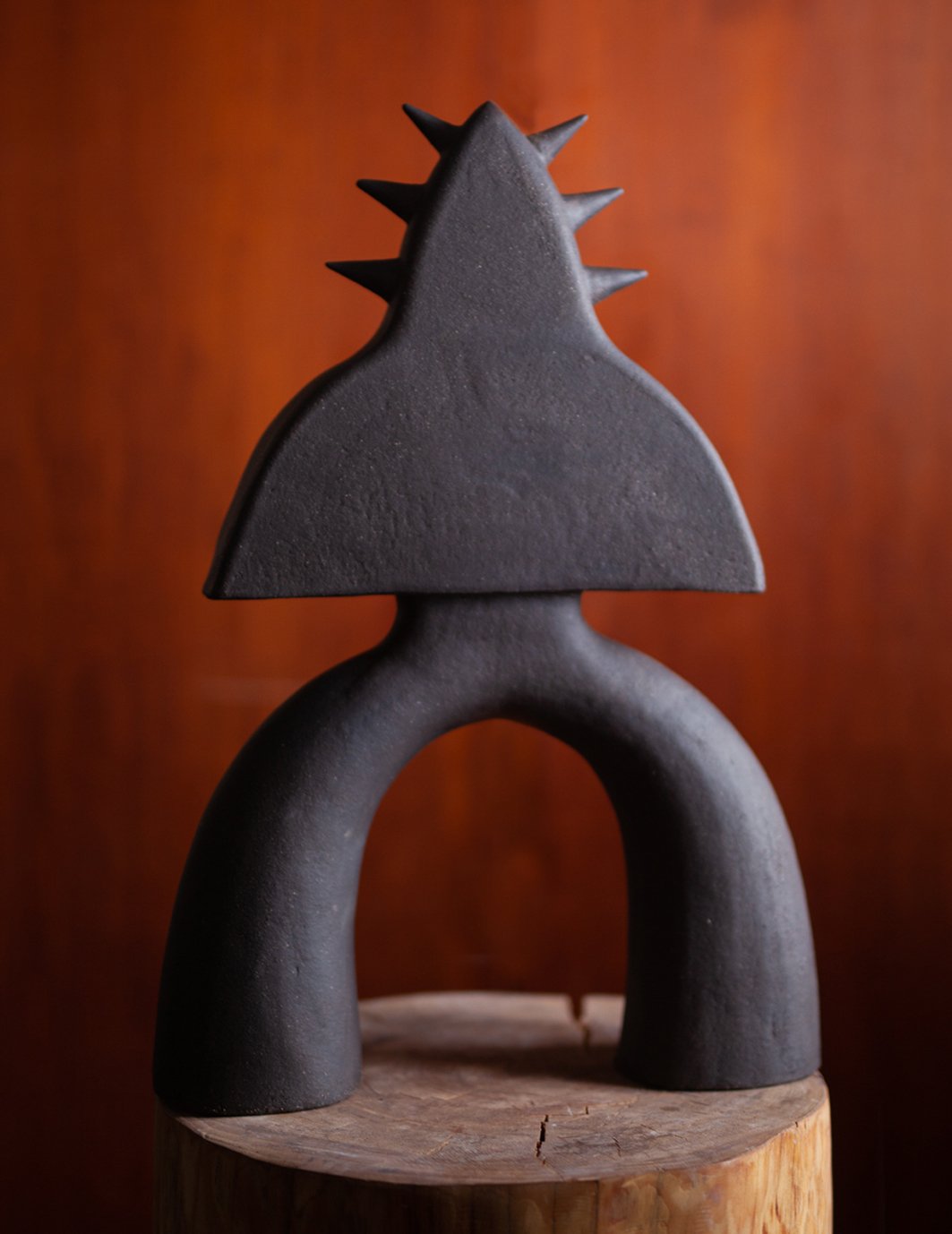The Clay Renaissance: Why This Ancient Material Feels So Modern
Clay is the oldest material in our homes and, right now, one of the most visionary. Across design studios and living rooms alike, we’re witnessing a clay renaissance—an embrace of tactility, ritual, and form that feels boldly contemporary. Clay ceramics transform rooms not by shouting but by grounding: they carry the quiet authority of the earth, the memory of fire, and the human touch that shaped them.
At Trove Gallery, we celebrate this resurgence through sculptural pieces that read like modern relics. Each work is a conversation between ancient lineage and present-day expression—clay art that elevates daily life. Here’s why the material resonates, and how to choose, live with, and collect pieces that deepen the soul of your space.
From Earth to Icon: A Brief History of Clay
Clay has cradled civilization—literally. It’s been poured into bowls, formed into figures, and built into the ritual objects that helped early communities tell their stories. In Japan, clay guardians known as haniwa stood sentry over sacred places; in prehistoric eras, dogu figures symbolized mystery and meaning. In Korea, the moon jar rose as a quiet icon of balance. Across cultures, clay pottery was not merely functional. It was spiritual, expressive, and deeply human—evidence that art and utility can share the same vessel.
Today’s clay renaissance honors that history while seeking new aesthetics. The most compelling pieces feel both ancient and fresh—recognizable in silhouette yet innovative in surface and stance. This blend is why clay art feels so at home in modern interiors: it offers restraint without sterility, warmth without nostalgia, and authenticity without pretense.
Why Clay Ceramics Feel Strikingly Modern
Clay has a way of anchoring a room—its matte surfaces, subtle textures, and grounded palettes diffuse the glare of digital life. But the modernity of clay ceramics goes beyond looks.
- Sensory presence: Clay invites touch. The tactile grain and hand-formed contours add dimension that manufactured objects can’t replicate.
- Honest materiality: In an era craving the real, clay’s origin—the earth itself—feels trustworthy and true.
- Mindful craft: Collectors increasingly value process. Whether wheel-thrown or hand-built, clay embodies the time and attention of its maker.
- Sculptural silhouette: Contemporary clay art often moves beyond function, claiming the pedestal and the mantle with bold, minimal forms.
In short, clay ceramics satisfy the modern appetite for objects that are both meaningful and beautifully made. They balance the clean lines of contemporary design with organic warmth, which is why we see them in spaces ranging from Japandi to brutalist to soft minimalism.
Ancient Spirits, Contemporary Voices: Noe Kuremoto
Some artists distill clay’s timeless voice into forms that feel uncannily present. Noe Kuremoto does exactly this. Her sculptural figures pare mythology down to essential lines—guardians and muses rendered in clay, alive with personality and poise. In a room, they read like punctuation marks: precise, confident, unforgettable.
Kuremoto’s Haniwa Warriors are eloquent studies in presence. Each is a sentinel for the modern home—an object that speaks of protection, resolve, and quiet strength. Explore the compositions and subtle variances among:
- Haniwa Warrior 93 – $1,700.00
- Haniwa Warrior 85 – $1,700.00
- Haniwa Warrior 74 – $1,700.00
- Haniwa Warrior 92 – $1,700.00
- Haniwa Warrior 124 – $1,700.00
- Haniwa Warrior 107 – $1,700.00
- Haniwa Warrior 113 – $1,700.00
Placed alone on a console, a Haniwa Warrior becomes a focal point; grouped in dialogue, they build a narrative across space and light. Their surfaces invite contemplation, their silhouettes read beautifully in profile, and their energy transforms the room’s tempo from passive to present.
The Dogu figures channel a different register—softer, more intimate, yet still potent with archetypal symbolism. The Dogu Ladies feel like talismans of care and connection:
- Dogu Lady 91 – $1,105.00
- Dogu Lady 93 – $1,105.00
- Dogu Lady 95 – $1,105.00
- Dogu Lady 74 – $1,236.00
- Dogu Lady 19 – $1,247.00
- Dogu Lady 104 – $1,356.00
Collectors often pair a Dogu with a Warrior, balancing the assertive with the nurturing. Their scale and posture evoke conversation—quiet companions who happen to be sculpture.
And then there is the singular lyricism of Crane Wife 7 – $1,347.00. The title nods to folktale, and the form carries that story’s elegance: elongated, graceful, slightly otherworldly. It’s a piece that draws the eye upward and asks for soft light—a corner near a reading chair, a niche, a window ledge where dawn and dusk can find it.
Browse the full Noe Kuremoto collection to experience how these figures converse with each other—and with the rooms they inhabit.
Moonlit Minimalism: Ilona Golovina’s New Classicism
If Kuremoto’s figures are modern myths, Ilona Golovina’s vessels are modern classics. Her moon jars and jugs reinterpret a revered silhouette—the serene, near-spherical form that has long symbolized fullness and balance. In Golovina’s hands, the moon jar becomes a study in restraint: a perfect meeting of volume, line, and shadow that suits rooms of deep calm.
Consider the purity of the White Tall Moon Jar – $1,920.00 and the dramatic counterpoint of the Black Tall Moon Jar – $1,920.00. They function almost like interior architecture—anchoring elements that center the gaze. Their surfaces catch light in gradients rather than glare, creating a gentle pulse throughout the day.
The moon jar’s vocabulary expands in pieces like Dark River Moon Jar – $1,235.00, where the name suggests a current moving beneath the surface. Moon Jar 2 – $2,240.00 reads as a signature statement—the kind of vessel that can stand solitary on a plinth and still command the room. For a touch of intimacy, Moon Jar Mini – $450.00 distills the same harmony into a smaller presence—perfect for layering on bookshelves or composing a trio across a mantel.
Golovina’s jugs extend the moon motif into functional sculpture. Black Half Moon Jug – $1,740.00 and White Half Moon Jug – $1,740.00 read like drawings in space: a curve captured at its most essential. They lend sculptural rhythm to dining rooms and entry consoles, with or without greenery. Pair a jug with a moon jar for tonal contrasts that feel deliberate and serene.
Explore the full Ilona Golovina collection for more vessels that elevate the day’s quiet moments.
Texture of the Coast: Vessels by Àlvar Martínez Mestres
Some clay pottery is about movement and coastline—forms that feel shaped by wind, salt, and tide. The work of Àlvar Martínez Mestres brings that sensibility indoors, where each piece suggests a landscape softened by time.
X-Large Focal Bowl – $701.00 is aptly named: it centers a table or island with sculptural poise. The X-Large Organic Bowl – $480.00 complements it with a wilder line, an asymmetry that feels natural rather than studied. For vertical presence, Large Harmony Vessel – $840.00 offers a balanced profile, while By the Shore – $401.00 reads like a memory of water meeting stone.
Group these vessels together to build a coastal tableau, or position one under a skylight where shifting daylight can articulate the subtleties of form. For those who love clay ceramics with a sense of place, this is a thoughtful path into collecting.
Living With Clay Art: Styling, Care, and Collecting
Clay thrives in the choreography of daily life. Here are ways to let it sing.
Styling with intention
- Create a focal axis: Anchor a room with a statement vessel like Moon Jar 2, then echo its geometry across the space with smaller forms such as Moon Jar Mini on a shelf or side table.
- Curate a conversation: Pair a warrior and a dogu—say, Haniwa Warrior 113 with Dogu Lady 104—to balance energy and calm. Place them where you’ll pass often; these figures reward repeated glances.
- Play with tonal contrasts: A dark vessel like Black Tall Moon Jar will glow against plaster or limewash; lighter pieces such as White Half Moon Jug bring relief to deeper wood tones.
- Layer function and sculpture: Use a generous bowl—try X-Large Focal Bowl—for seasonal fruit, then swap in gathered driftwood or a sculptural branch to shift the mood.
Care that respects the material
- Dust with a soft, dry cloth; avoid abrasive pads or harsh chemicals.
- Keep pieces away from extreme temperature changes and prolonged direct sunlight.
- If displaying on stone or wood, consider felt pads to protect surfaces.
- For unglazed or partially unglazed works, avoid soaking; if needed, wipe gently with a barely damp cloth and dry thoroughly.
Collecting with meaning
- Start with a signature: Choose a piece that sets your collection’s tone—like Haniwa Warrior 92 or Dark River Moon Jar.
- Build a narrative: Add complementary forms that extend the story—perhaps Crane Wife 7 beside Haniwa Warrior 124, or Large Harmony Vessel near By the Shore.
- Scale with confidence: A tall piece like White Tall Moon Jar anchors a room; smaller works such as Dogu Lady 93 bring intimacy to nooks and shelves.
The Clay Renaissance Is Human
Ultimately, what makes clay pottery and clay art feel so modern is not just the material—it’s the makers. Their hands are evident in every curve and edge, connecting us to the time it takes to create something well. That time becomes a presence in your home: a daily reminder to savor slowness, to choose deliberately, to live with objects that give back.
We invite you to explore the makers shaping this movement. Meet the figures and guardians in the Noe Kuremoto collection. Sit with the quiet radiance of the Ilona Golovina collection. And for sculptural bowls and vessels with coastal poise, browse Àlvar Martínez Mestres.
Bring the earth home, thoughtfully. Shop the pieces linked above or connect with our curators for tailored guidance. Your next heirloom—ancient in spirit, unmistakably modern in presence—is waiting.
